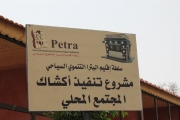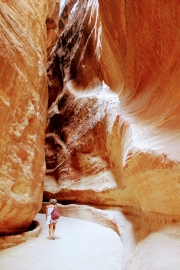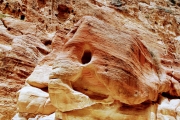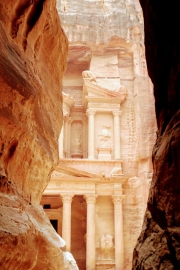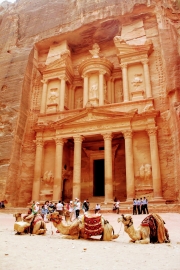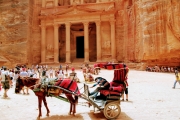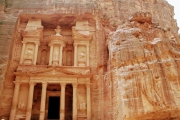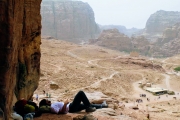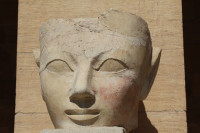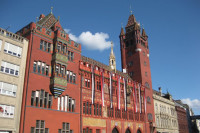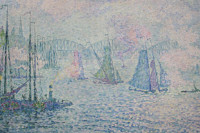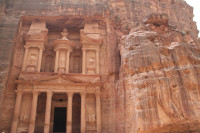Culture
The lost city of Petra and Jean-Louis Burckhardt
The 7 Wonders of the World have been announced today and the site of Petra is one of the lucky winners.
Did you know that it is a Swiss man who found the lost city of Petra?
Swiss native Jean-Louis Burckhardt found the lost city of Petra more than two hundred years ago on August 22d 1812.
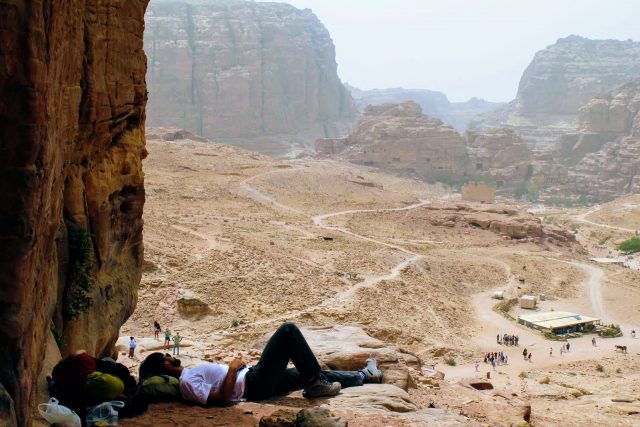
Man resting at the Unesco Heritage site in Petra – credit Veronique Gray
If you have not been in Petra yet you probably have heard of it or have seen shots of it in movies such as “Indiana Jones and the Last Crusade” (1989) and more recently in “Transformers 2” (2009). The site in the Wadi Musa in Jordan is on the UNESCO World Heritage list since 1985.
Johann Ludwig Burckhardt, born in Lausanne in the canton of Vaud in 1784, left Europe in 1808 to search for gold in Africa and the source of the Niger river. During his time in London he had met with people from the African Association and he was hired by them to go explore.
The ancient city of Petra used to be the capital of the Nabateans during the Nabatean empire. The Nabataeans were nomads. Petra was on the trade spice road and many caravans would stay there before pursuing their voyage.
When Burckhardt found the lost city in 1812 it had been lost since the crusades. He discovered the ruins of Al Khazneh, which means the treasury in Arabic. It is a 41 meter high temple, built between 100 BC & 200 AD. You arrive to it via the siq (shaft) after traveling through a narrow gorge.
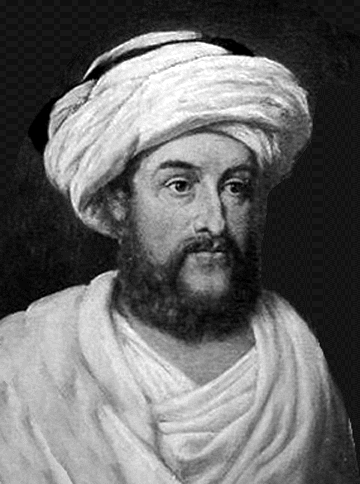
Jean-Louis Burckhardt alias Sheikh Ibrahim
Burckhardt continued his trip and found in 1813 another big temple, the Egyptian temple of Abu Simbel, near Sudan.
During his years abroad in Africa he became Sheikh Ibrahim and continued his learning of Arabic. He travelled to Syria, Lebanon and to Saudi Arabia to Mecca and Medina. He died of dysentery in Cairo in his early thirties in 1817.
For the 200th year anniversary of the discovery of Petra, the Antic Museum in Basel had an exhibit called “Wonder in the Desert”. It showed 150 original pieces and pictures and used computer animation.

